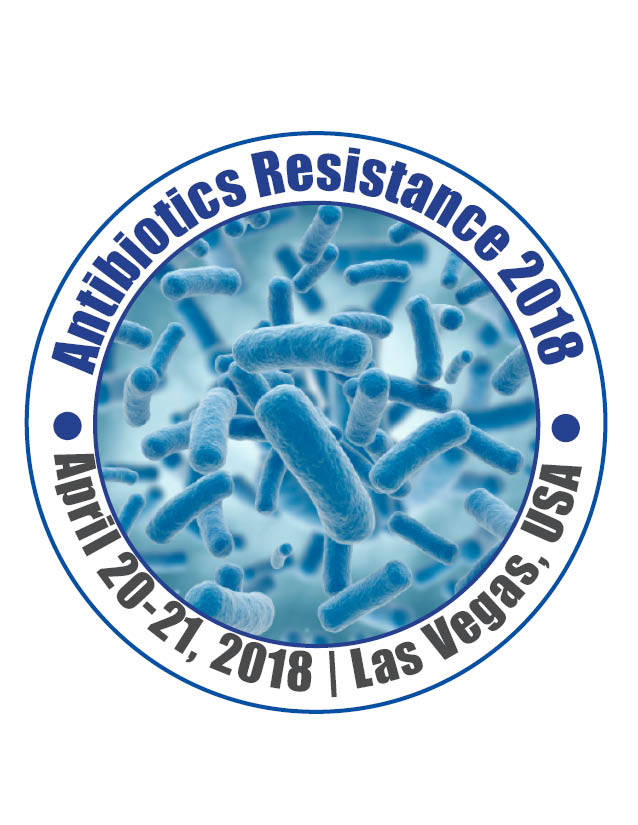
Nataliya Roth
University of Natural Resources and Life Sciences, Austria
Title: Role of feed additives in the strategy to reduce the prevalence of antimicrobial resistance in broilers
Biography
Biography: Nataliya Roth
Abstract
The application of antibiotics for the treatment of disease, disease prevention and growth promotion in food-producing animals provides favorable conditions for the selection, persistence and spread of antibiotic-resistant bacteria and their resistance determinants at the farm level. Increasing antibiotic resistance is a major public health concern. Fluoroquinolones are used to treat and prevent poultry diseases worldwide. Fluoroquinolone resistance rates are high in their countries of use. The aim of this study was to evaluate the effect of an acid-based feed additive, as well as fluoroquinolone antibiotics, on the prevalence of antibiotic-resistant E. coli. To study the emergence of antibiotic resistance in Gram-negative bacteria, E. coli are widely accepted as indicator bacteria. A total of 480 broiler chickens (Ross 308) were randomly assigned to three treatments: a control group receiving a basal diet; a group receiving a feed additive (FA) based on formic acid, acetic acid and propionic acid; and an antibiotic enrofloxacin (AB) group given the same diet, but supplemented with enrofloxacin in water. A pooled fecal sample of one-day-old chicks was collected upon arrival at the experimental farm. On day 17 and day 38 of the trial, cecal samples from each of the eight pens were taken, and the count of E. coli and antibiotic-resistant E.coli was determined.
The results of the study show a high prevalence of antibiotic-resistant E. coli in one-day-old chicks. Supplementation of the diet with FA and treatment of broilers with AB did not have a significant influence on the total number of E. coli in the cecal content on day 17 and day 38 of the trial. Supplementation with FA contributed to better growth performance and to a significant decrease (P ≤ 0.05) in E. coli resistant to ampicillin and tetracycline compared to the control and AB groups, as well as to a decrease (P ≤ 0.05) in sulfamethoxazole and ciprofloxacin-resistant E. coli compared to the AB group. Treatment with AB increased (P ≤ 0.05) the average daily weight compared to the control group and increased (P ≤ 0.05) the number of E. coli resistant to ciprofloxacin, streptomycin, sulfamethoxazole and tetracycline; it also decreased (P ≤ 0.05) the number of E. coli resistant to cefotaxime and extended spectrum beta-lactamase-(ESBL)-producing E. coli in the ceca of broilers.

